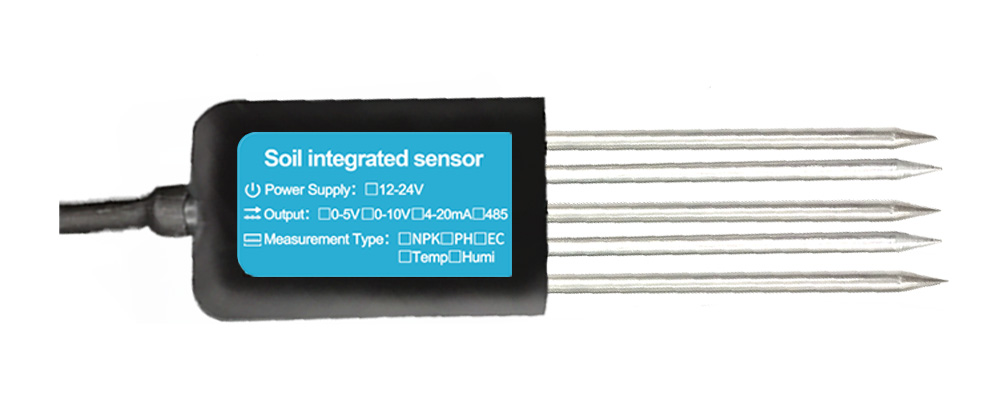Agriculture is a vital industry that feeds the growing global population, and ensuring its sustainability is crucial. Soil is the foundation of agricultural productivity, and maintaining its health and fertility is essential for crop yield and quality. Soil sensors are advanced devices that enable farmers to monitor soil conditions in real-time, providing valuable insights into soil health and fertility. This article explores the significance of soil sensors in agriculture and how they contribute to optimizing productivity and sustainability.

Understanding Soil Sensors:
Soil sensors are electronic devices that measure various parameters that determine soil health and fertility. These parameters include moisture content, temperature, nutrient levels, pH, and electrical conductivity. By providing real-time data, soil sensors enable farmers to gain a comprehensive understanding of soil conditions, leading to informed decision-making and efficient resource management.
Real-Time Monitoring and Precision Agriculture:
One of the significant benefits of soil sensors is their ability to provide real-time monitoring of soil conditions. Continuous monitoring of soil parameters enables farmers to optimize crop growth and yield by providing accurate data on the moisture and nutrient levels required for specific crops. By implementing precision agriculture techniques based on soil sensor data, farmers can target their interventions more precisely, reducing waste, maximizing yields, and minimizing environmental impacts.
Efficient Resource Management:
Soil sensors facilitate efficient resource management by providing farmers with accurate data on soil conditions, enabling them to make informed decisions about irrigation, fertilization, and pesticide application. By using soil sensor data, farmers can adjust their input applications according to plant needs, reducing costs and minimizing environmental impacts. For example, by receiving real-time data on soil moisture levels, farmers can optimize irrigation schedules, reducing water waste and energy consumption.
Improved Soils Health and Fertility:
Soil sensors play a significant role in improving soil health and fertility. By continuously monitoring soil parameters such as nutrient levels, pH, and electrical conductivity, farmers can identify soil deficiencies and implement targeted interventions to improve soil quality. For example, by using soil sensors to monitor nutrient levels, farmers can adjust fertilizer applications, reducing the risk of over-fertilization and nutrient runoff into waterways.
Environmental Protection:
Soil sensors contribute to environmental protection by minimizing the use of chemicals and reducing waste. By providing accurate data on soil conditions, farmers can avoid unnecessary pesticide and fertilizer applications, reducing the risk of contamination and nutrient runoff. Additionally, soil sensors enable farmers to implement precision agriculture techniques, reducing the need for excessive tilling and other practices that can harm soil health and biodiversity.

Integration with IoT and Data Analytics:
The integration of soil sensors with the Internet of Things (IoT) and data analytics platforms further enhances their capabilities. IoT connectivity allows for remote monitoring and control of sensors, enabling easy access to real-time data from anywhere. Data analytics algorithms analyze the vast amount of sensor data collected, providing valuable insights into long-term trends, patterns, and anomalies. These insights facilitate proactive decision-making, efficient resource allocation, and the identification of areas requiring targeted interventions.
Conclusion:
Unleashing the potential of soil sensors is a crucial step towards optimizing agricultural productivity and sustainability. By providing real-time monitoring, precise data analysis, and efficient resource management, soil sensors enable farmers to make informed decisions that maximize crop yield and quality while minimizing environmental impacts. As technology continues to advance, the integration of soil sensors with IoT and data analytics will further enhance their capabilities, revolutionizing the way we manage and protect our soils for a sustainable future.
